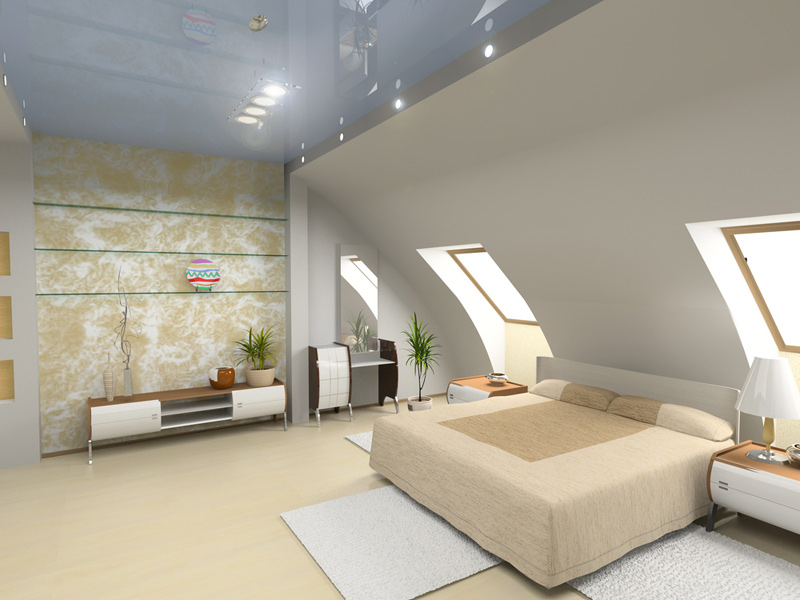Loft spaces can be challenging to work with. Whether you’re transforming the top floor into a guest room, bedroom, playroom or office, it might help to incorporate a few modern-day practical feng shui tips.
What is it?
Feng shui, pronounced “fung schway”, is a complex ancient Chinese art form of assessing and adjusting the energies, called chi, in your environment to enhance your life and wellbeing. It’s not just about moving furniture around and placing a crystal above the boiler, but more about the arrangement of space and objects to produce a flow of natural energy around you that feels right.
Yin and yang
Feng shui is based around the balance of yin and yang energies. Yin being calm, yang being energetic. Yin would be the soothing energy for a bedroom or bathroom; a kitchen, dining room, or office would have the lively yang energy.
Why feng shui for a loft?
A house is like the ‘body and mind’. At the top, most lofts or attic spaces are used as dumping grounds, storage for spare furniture or long forgotten items which produces clutter. The ‘mind’, according to feng shui, will be crowded and unable to think with clarity. This, in turn, affects the ‘body’, the other rooms of the house.
Working with tight or awkward spaces, such as the loft conversions London or other large crowded cities in the UK can suffer with is difficult, therefore it is important to have a balanced blend of chi for the room’s use.
Tip 1: Determine function
When planning the loft, the function should be definitive. An office should look and function like an office and only contain items relating to work. Try not to combine other areas such as a bedroom, nursery or storage room. If this is unavoidable use a screen, room divider or solid pieces of furniture to establish a boundary.
Tip 2: Sloping ceilings
Sloping ceilings in lofts can be a problem. The slope slows the chi, squashes it and quickly turns it into stagnant energy. If part of your loft has a sloping ceiling that you can’t stand up in, use the space as a wardrobe or storage area, and use the full-height area for work or sleeping. If there is no choice, position a lamp under the slope to lift the energy. In children’s rooms, use decorative mobiles and small lights in the same way.
Tip 3: Good access
Staircases represent the stream and flow of energy throughout the house. The stairs reaching the loft should be easy to use, not steep, well-lit, and safe. Try to avoid spiral staircases or stairs with no backings because the chi rushes down between the steps and is wasted. If this type of staircase is already in place, put a round rug at the bottom to steady the flow of chi. If there is an open space under the stairs shine an uplighter floor lamp through the stairs or place plants along the outer edge of the stairs to lift the chi upwards.
Feng shui doesn’t mean there needs to be any radical or weird changes, but applying a few principles can turn your loft into a great asset and contribute to a healthy balance of energy throughout the household.

